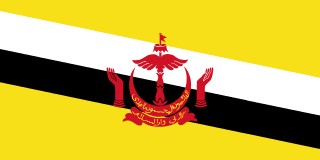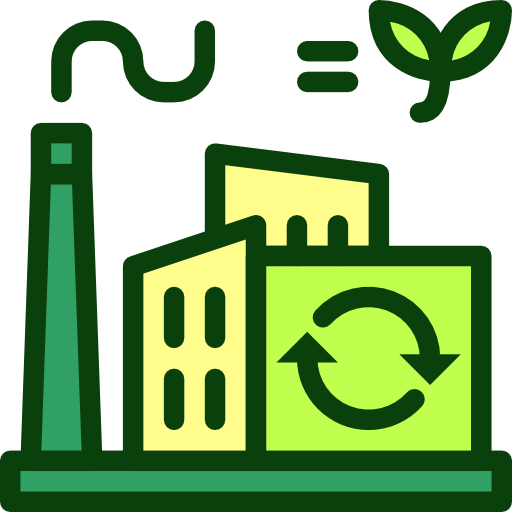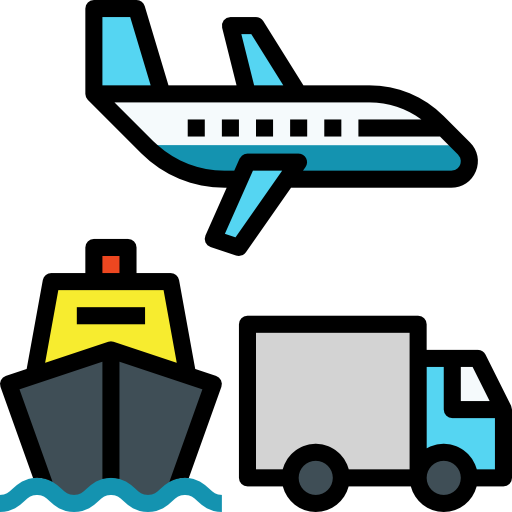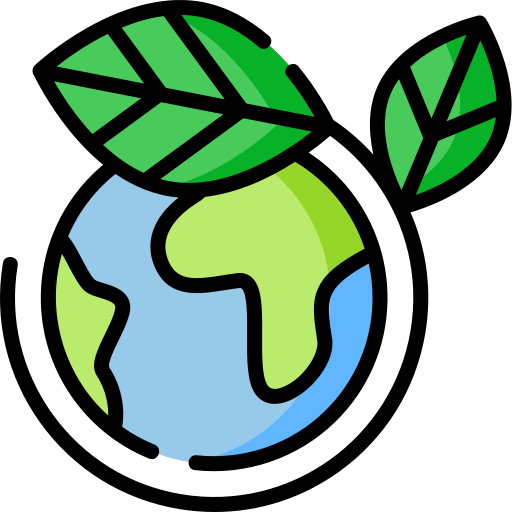Brunei - Geography

Here, let us take a look at the Geography of Brunei. Close to vital sea lanes through South China Sea linking Indian and Pacific Oceans; two parts physically separated by Malaysia; the eastern part, the Temburong district, is an exclave and is almost an enclave within Malaysia. Mother's mean age at first birth is (), whereas, the Maternal mortality ratio is 36 deaths/100,000 live births (2023 est.)
Geographical data of Brunei
| Location | Southeastern Asia, along the northern coast of the island of Borneo, bordering the South China Sea and Malaysia |
|---|---|
| Geographic coordinates | 4 30 N, 114 40 E |
| Map references | Southeast Asia |
| Tarrain | flat coastal plain rises to mountains in east; hilly lowland in west |
| Natural Resources | petroleum, natural gas, timber |
| Natural Hazards | typhoons, earthquakes, and severe flooding are rare |
| Irrigated Land | 10 sq km (2012) |
| Major rivers (by length in km) | |
| Major aquifers | |
| Land Boundaries | 266 km |
| Border Countries | Malaysia 266 km |
| Coastline | 161 km |
| Climate | tropical; hot, humid, rainy |
| Area | |
| Total Area | |
| Land Area | 5,265 sq km |
| Water Area | 500 sq km |
| comparative Area | slightly smaller than Delaware |
| Maritime Claims | |
| Territorial sea | 12 nm |
| Exclusive economic zone | 200 nm or to median line |
| Elevations | |
| Highest point | Bukit Pagon 1,850 m |
| Lowest point | South China Sea 0 m |
| Mean elevation | 478 m |
| Land Use | |
| Agricultural land | 2.5% (2022 est.) |
| Agricultural land: arable land | arable land: 0.8% (2022 est.) |
| Agricultural land: permanent crops | permanent crops: 1.1% (2022 est.) |
| Agricultural land: permanent pasture | permanent pasture: 0.6% (2022 est.) |
| Forest | 72.1% (2022 est.) |
| Other | 25.4% (2022 est.) |
Population Distribution
The vast majority of the population is found along the coast in the western part of Brunei, which is separated from the eastern portion by Malaysia; the largest population concentration is in the far north on the western side of the Brunei Bay, in and around the capital of Bandar Seri Begawan
People and Society
In Brunei, the different Ethnic groups are such that we have: Malay 67.4%, Chinese 9.6%, other 23% (2021 est.)
| Population | |
|---|---|
| Pop growth rate | 1.4% (2024 est.) |
| Birth rate | 15.8 births/1,000 population (2024 est.) |
| Death rate | 3.9 deaths/1,000 population (2024 est.) |
| Health expenditure | |
| Physicians Density | |
| Hospital bed Density | 3.9 beds/1,000 population (2021 est.) |
| Total fertility rate | 1.73 children born/woman (2024 est.) |
| Gross reproduction rate | 0.85 (2024 est.) |
| Contraceptive prevalence rate | NA |
| Est married women (ages 15-49) | 54.3% (2023 est.) |
| Literacy | |
| Education expenditures | |
| Net Migration rate | 2.1 migrant(s)/1,000 population (2024 est.) |
| Nationality | Bruneian | Bruneian(s) |
| Languages | |
| Religions | Muslim (official) 82.1%, Christian 6.7%, Buddhist 6.3%, other 4.9% (2021 est.) |
| Age Structure | |
| 0-14 years | 21.7% (male 54,924/female 51,710) |
| 15-64 years | 70.8% (male 166,289/female 182,011) |
| 65 years and over | 7.5% (2024 est.) (male 17,927/female 19,039) |
| Dependency Ratios | |
| Total dependency ratio | 41.2 (2024 est.) |
| Youth dependency ratio | 30.6 (2024 est.) |
| Elderly dependency ratio | 10.6 (2024 est.) |
| Potential support ratio | 9.4 (2024 est.) |
| Median Age | |
| Total | 32.3 years (2024 est.) |
| Male | 31.4 years |
| Female | 33.1 years |
| Urbanization | |
| Urban population | 79.1% of total population (2023) |
| Rate of urbanization | 1.44% annual rate of change (2020-25 est.) |
| Major urban areas (Pop) | 266,682 BANDAR SERI BEGAWAN (capital) (2021). note: the boundaries of the capital city were expanded in 2007, greatly increasing the city area; the population of the capital increased tenfold |
| Sex Ratio | |
| At birth | 1.05 male(s)/female |
| 0-14 years | 1.06 male(s)/female |
| 15-64 years | 0.91 male(s)/female |
| 65 years and over | 0.94 male(s)/female |
| Total population | 0.95 male(s)/female (2024 est.) |
| Infant Motality | |
| Total | 10 deaths/1,000 live births (2024 est.) |
| Male | 12.2 deaths/1,000 live births |
| Female | 7.7 deaths/1,000 live births |
| Life Expectancy at birth | |
| Total population | 78.9 years (2024 est.) |
| Male | 76.5 years |
| Female | 81.3 years |
| Drinking Water Sources | |
| Improved: urban | urban: 99.7% of population |
| Improved: total | total: 99.9% of population |
| Unimproved: urban | urban: 0.4% of population |
| Unimproved: rural | rural: 0% of population |
| Unimproved: total | total: 0.1% of population (2020) |
| Sanitation facility acess | |
| Improved: urban | urban: NA |
| Improved: rural | rural: NA |
| Improved: total | total: NA |
| Unimproved: urban | urban: NA |
| Unimproved: rural | rural: NA |
| Unimproved: total | total: NA |
| Alcohol consumption per capita | |
| Total | 0.69 liters of pure alcohol (2019 est.) |
| Beer | 0.66 liters of pure alcohol (2019 est.) |
| Wine | 0.04 liters of pure alcohol (2019 est.) |
| Spirits | 0 liters of pure alcohol (2019 est.) |
| Other alcohols | 0 liters of pure alcohol (2019 est.) |
| Tobacco use | |
| Total | 17% (2025 est.) |
| Male | 31.2% (2025 est.) |
| Female | 1.9% (2025 est.) |
Demographic profile
All Important Facts about Brunei
Want to know more about Brunei? Check all different factbooks for Brunei below.









